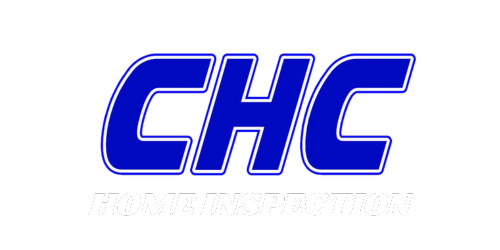Debunking Myths: The Essentials of Wood Destroying Insect Inspections for VA Loans
A common misconception among many veteran homebuyers and even some real estate professionals is that VA loans only require a termite inspection. However, the reality is that the Department of Veterans Affairs mandates a more comprehensive wood destroying insect (WDI) inspection. This requirement underscores the importance of safeguarding the investment and ensuring the safety of homes purchased with VA loans. Let's delve into the specifics of these inspections, what they entail, and the protocol when wood destroying insects are found.
The Importance of WDI Inspections for VA Loans
VA loans offer numerous benefits to veterans, including no down payment and competitive interest rates, but they also come with specific requirements designed to protect the long-term viability of the investment. A critical element of these requirements is the WDI inspection, aimed at identifying potential threats from various wood destroying insects, not just termites. These pests, including carpenter ants and wood-boring beetles, can cause significant structural damage to a property, making the inspection a vital step in the VA loan process.
Conducting a WDI Inspection: What It Involves
One of our inspectors is crucial to identifying wood-destroying organisms performs the WDI inspection. This process includes a thorough examination of all accessible parts of the property such as the attic, basement, exterior, and any crawlspaces. The inspector looks for signs of active infestations, evidence of past infestations, and conditions that might invite future issues, such as moisture problems and wood-to-ground contact. Since we are already in the home inspecting it, we are able to make sure to check every crook and cranny from the foundation all the way to the attic.
Response to WDI Inspection Findings
If the inspection uncovers active infestations or damage:
1. Detailed Reporting: The inspector provides a comprehensive report detailing the type of insects found, damage extent, and the recommended corrective measures.
2. Obligation for Remediation: Typically, it is the seller’s responsibility to address any infestations or damages as per VA loan stipulations. This includes arranging and funding the necessary treatments and repairs before closing. It used to be a requirement that the seller had to pay for the inspection as well, it has now changed to either party can pay for it- but the inspection has to be completed before funding is released.
3. Certification After Treatment: Post-treatment, a re-inspection confirms that the property now meets the VA’s safety and habitability standards, ensuring the loan process can proceed.
4. Negotiation and Compliance: Depending on the severity of the damage, further negotiations may be required to determine who will handle extensive repairs, all within the guidelines of the VA.
Booking Your WDI Inspection with CHC Home Inspection
Understanding and managing the requirements for a WDI inspection can be straightforward with the right support. At CHC Home Inspection, we specialize in conducting comprehensive wood destroying insect inspections that meet VA loan requirements. Serving all of Kentucky, we offer our clients the convenience of booking these essential inspections anytime, either by calling us directly or by easily scheduling online. Our expert team is here to ensure that your path to homeownership is smooth and secure.
While it’s often thought that only a termite inspection is necessary for VA loans, the broader requirement for a WDI inspection plays a crucial role in protecting the investment of veteran homebuyers. With CHC Home Inspection, veterans purchasing homes in Kentucky can rest assured that this important aspect of the home buying process is in capable hands.

